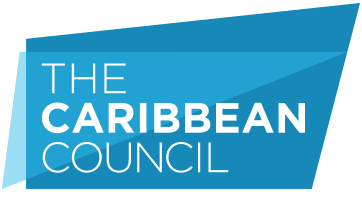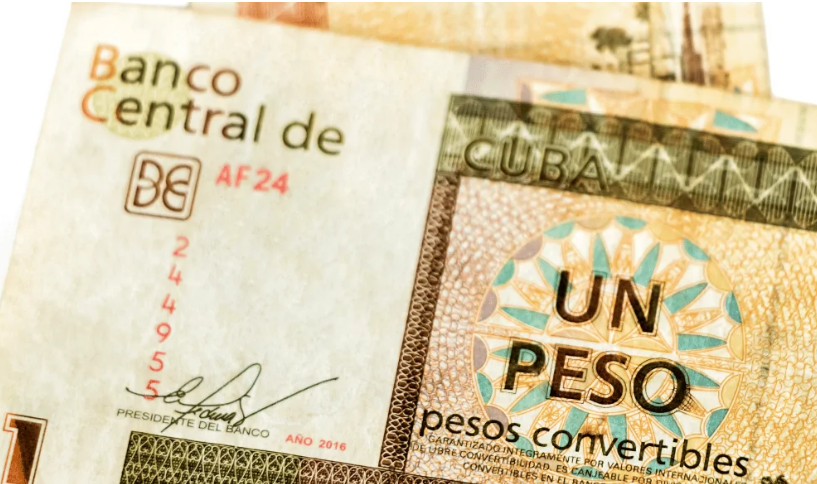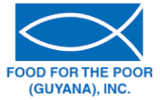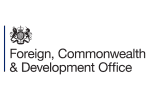18th March 2023
The outline of a possible approach to unifying Cuba’s multiple foreign exchange rates and addressing dollarisation has been published in Granma. The much-needed measure is widely believed to be the key determinant in the success or failure of government’s macroeconomic stabilisation reform package. (See Cuba Briefing 2 January 2024).
In a second commentary in a month to be published in the Communist party’s official publication by Joel Marill, an economist specialising in Strategic Macroeconomic Projections at the Ministry of Economy and Planning (MEP), he argues that because the price of currencies is transversal, addressing exchange rate policy in the short term is vital.
Marill writes that the issue forms an important part of the internal debate that is continuing in relation to the package of reform measures agreed in December as necessary to rectify past mistakes and create the conditions for future economic growth.
These discussions, he suggests, are in part focussed on “the implications of an official exchange rate of US$1 to CUP24 and another at US$1 to CUP120” (the Cadeca rate); both of which he describes as “clearly disconnected from the economic reality” of the informal market (currently at US$1 to CUP325). This he suggests, needs to be “formalised” and used “to stimulate national production and macroeconomic stabilisation.”
To this end he proposes a solution requiring “correct management” and recognition that it will be “one of the most complex transformations to undertake, in a scenario of currency restrictions and internal macroeconomic imbalances.”
Marill goes on to note that the two official exchange rates mean that national or foreign companies cannot directly access foreign currency. Instead, they must use a “complex and mostly inefficient centralised allocation mechanism” to legally exchange CUP “which overvalues the Cuban peso.” This he writes, severely impacts the export sector, limiting its ability to expand production, employment, and to create fresh foreign exchange.
By contrast, Marill argues, the informal exchange market used by the non-state sector and the Cuban population, “offers more flexible access to currency” at high prices, but is based on speculation and uncertainty, and excludes state and mixed companies.
To remedy this, the MEP economist proposes in the short-term the creation of a flexible scheme providing direct and legal access to foreign exchange for MSMEs, and state and mixed companies. This he suggests should be followed in the medium term by an approach that has as its strategic objective the gradual convergence and unification of the exchange rate “through successive iterations.” An approach, he believes, that would eventually enable the recovery of the “full sovereignty of the peso as the single currency” for internal transactions, creating also a single exchange rate for all external operations.
To achieve this far from easy sequencing and objective, he proposes “first, the relaunch of the official exchange market and, subsequently, the slow devaluation of the official exchange rate.” He also recommends that the informal exchange market be addressed by “the redirection” of the flows involved towards the formal financial system.
Although an institutionally complex task, he suggests that this could be achieved through three actions:
- The Central Bank of Cuba (BCC) setting an equilibrium exchange rate that is regularly modified by the movement in the supply and demand for the currencies the financial system receives and by underlying market conditions
- Providing foreign currency through the financial system to those who presently operate in the informal market
- And then, when foreign currency flows are oriented towards the formal financial system, granting state-owned companies gradual access to this market based on exports and the capture of foreign currency earnings in the financial system.
Marell recognises that there are risks attached in relation to money supply, and that there would be constant pressure for the Central Bank to depreciate the exchange rate. He suggests, however, that the monetary and fiscal transformation accompanying the opening of an official exchange market would enable the changes required to deliver the country’s macroeconomic stabilisation programme.
No alternative commentaries have so far appeared in Granma. Both by Marell were published after the appointment was announced on 2 February of Joaquín Alonso, the Minister President of the Central Bank, as the new Minister of Economy and Planning. Details of Marell’s earlier commentary on the macroeconomic stabilisation process can be found in Cuba Briefing19 February 2024.
The Caribbean Council is able to provide further detail about all of the stories in Cuba Briefing. If you would like a more detailed insight into any of the content of today’s issue, please get in touch.
Photo: cubaniatravel.com






